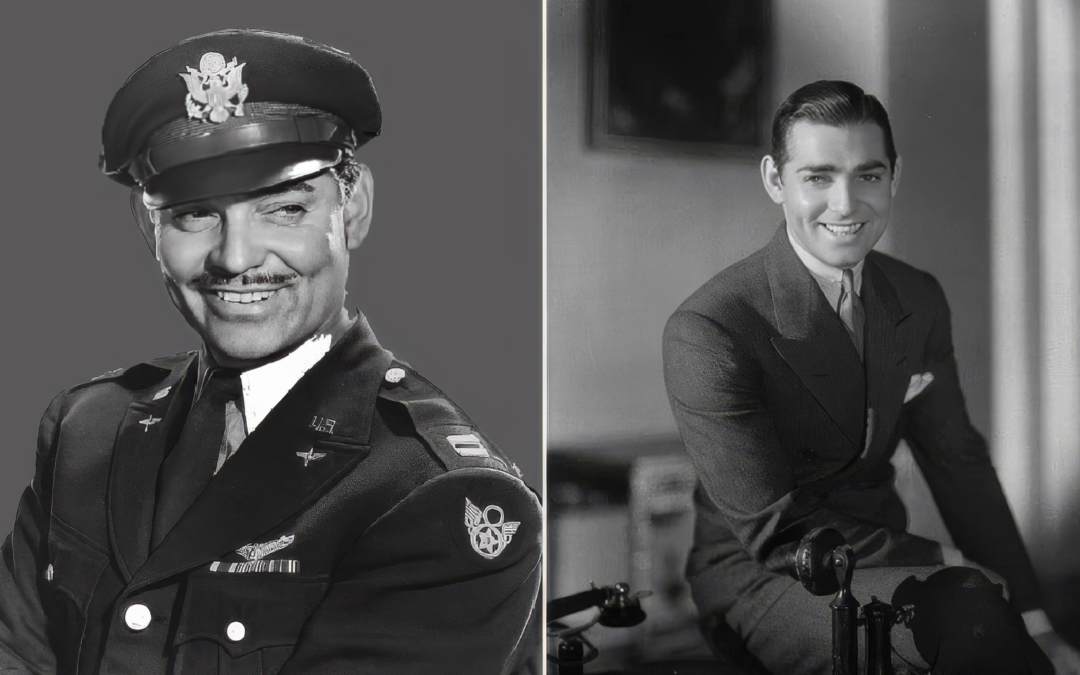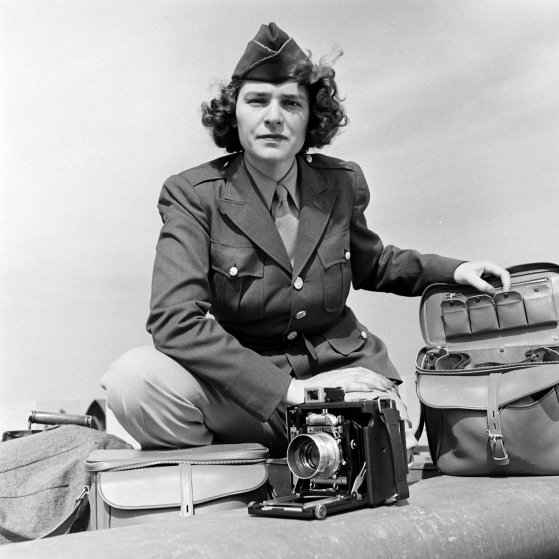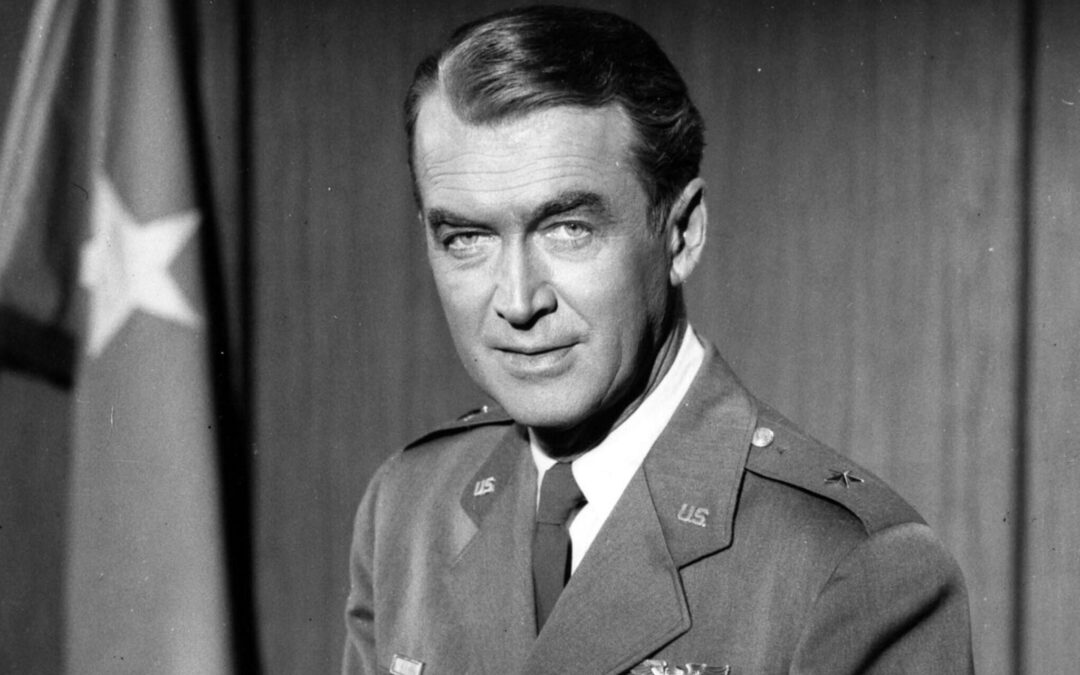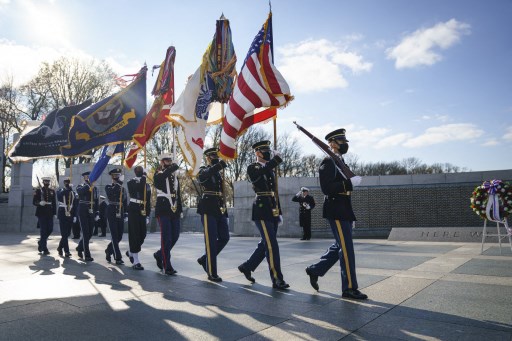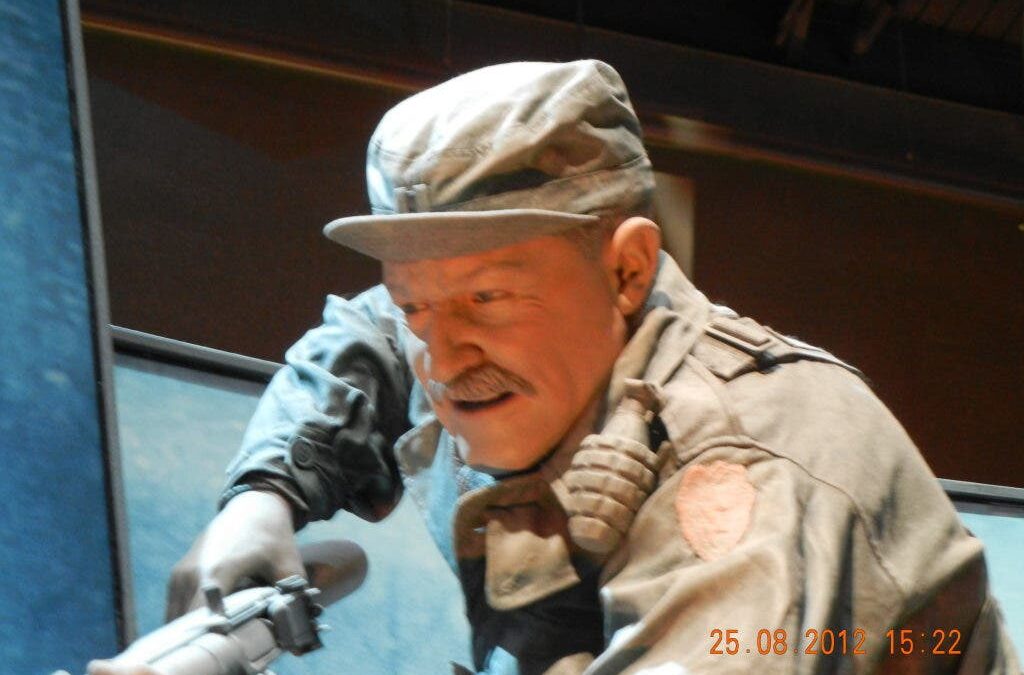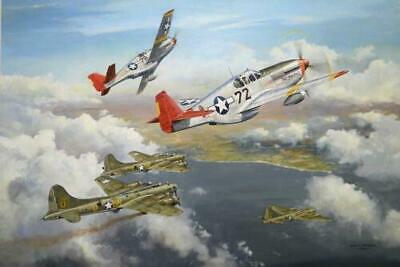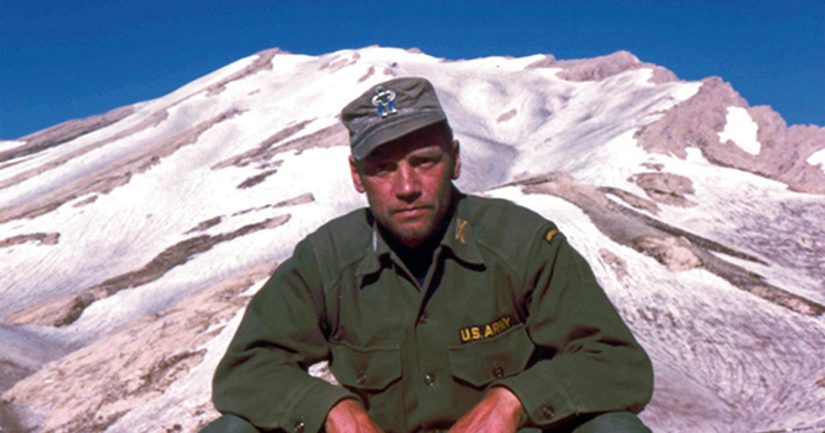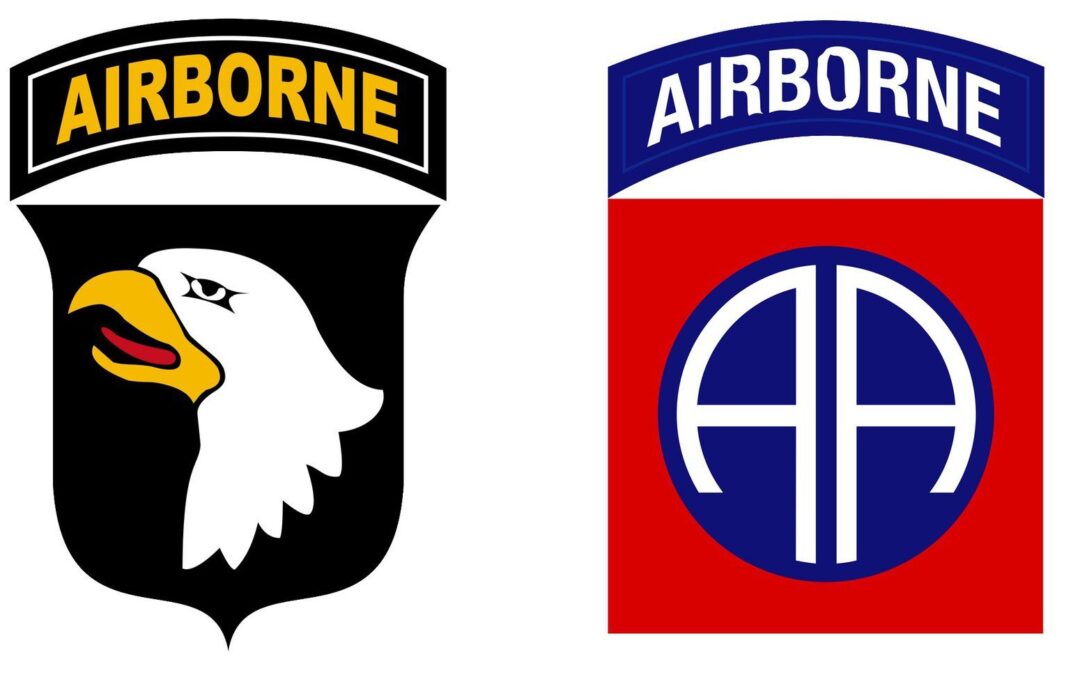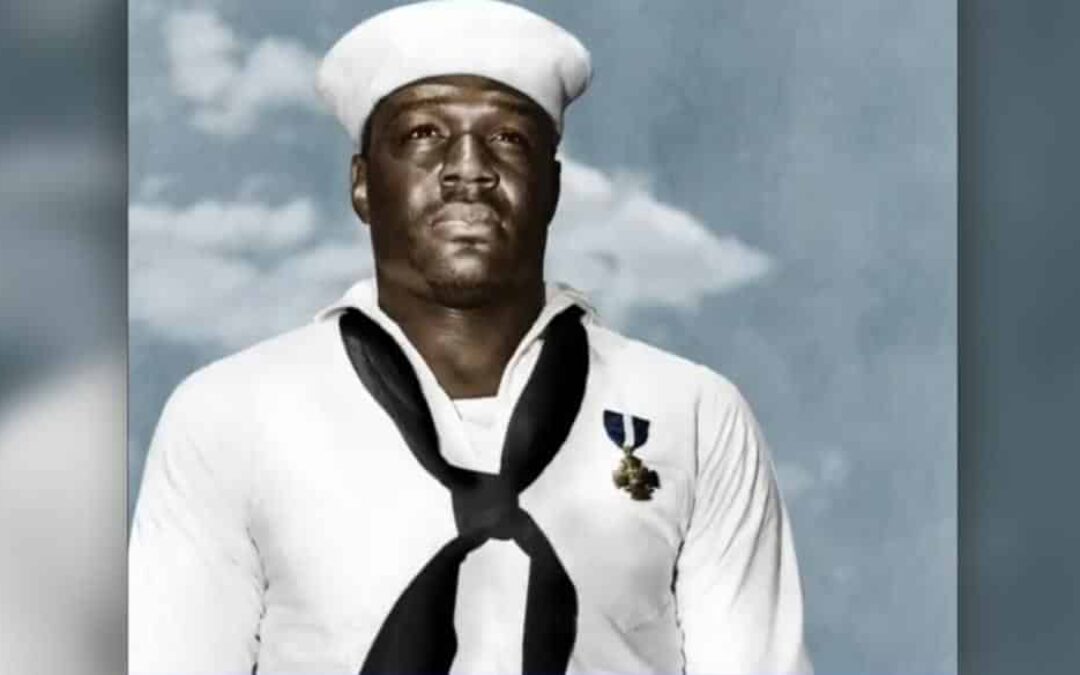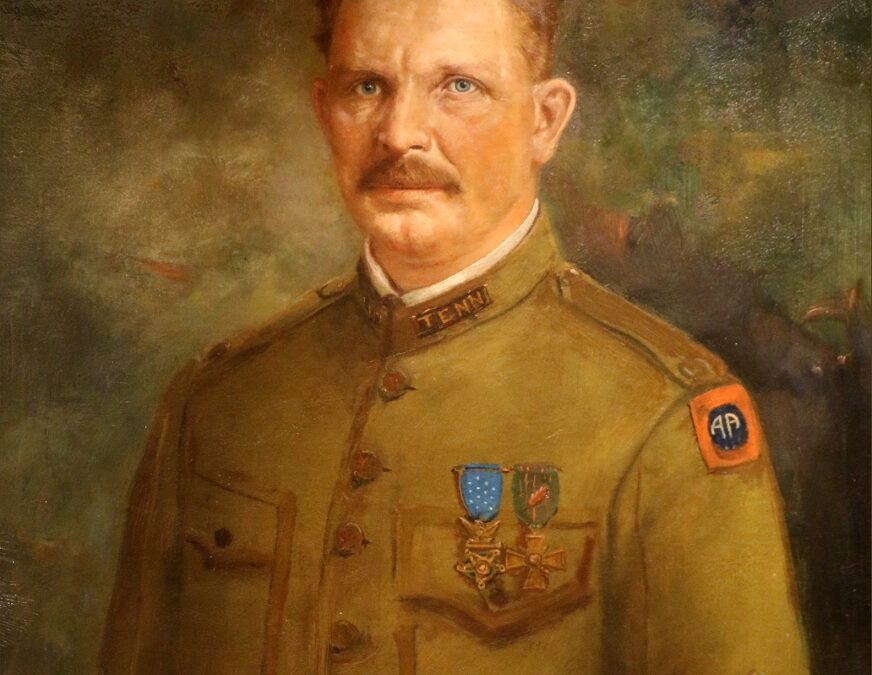Clark Gable, of the U.S. Army Air Forces between 1942 and 1947, is best known as the ‘King of Hollywood’, the womanizing man’s man with a filmography of over 60 productions. However, he had a passion for flying combat missions and defied death in World War II. Born William Clark Gable in 1901, his father Will was an oil-well driller living in Cadiz, Ohio. Baptized Catholic, his mother Adeline died when he was just ten months old, and his father refused to raise him in the faith. Gable’s father remarried in 1903, and he was raised by his stepmother Jennie. She taught him the piano, and Will taught him to repair automobiles and hunt. Young Clark also developed a taste for literature, and would recite Shakespeare. Gable’s Childhood and First Marriage Gable was inspired to become an actor at 17 after seeing the play The Bird of Paradise. However, he worked with his father in Oklahoma in the oil industry, his stepmother had passed away. At the age of 21, Gable received an inheritance from...
